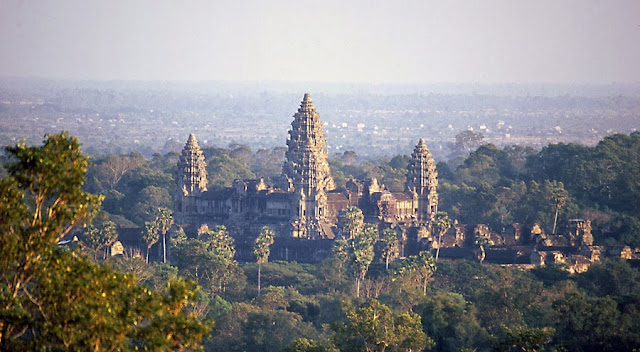The Nikon D5500 offers fantastic DSLR image quality and speed in an ultralight and inexpensive package. Live View lets you shoot photos and videos while held away from your head with a swiveling screen.
The D5500 weighs so little that it's a pleasure to carry everywhere, and the D5500 is capable of capturing stunning images. Compared to pro cameras I often haul, the D5500 is a dream to carry, and when I'm more relaxed, I make better pictures.
This D5500 weighs two ounces less than 2013's D530 and adds a touch screen. For your privacy, it has no GPS — but you can plug one in if you like.
The D5500 has higher resolution than the $6,500 Nikon D4s, and its pictures are otherwise the same — and the D4s has no swivel screen! The D5500's shutter is much quieter than the D4s; you can shoot the D5500 in places where the loud D4s shutter would get you thrown out. The AF areas of the D5500 also fill more of its frame than they do in the D4s!
The only reason to pay more (and lug more) than the D5500 is if you subject your camera to daily physical and environmental abuse, or if you're an expert photographer who actually uses and understands advanced adjustments.
The D5500 has the same advanced adjustments as Nikon's more expensive cameras, but often requires you stop and go into a menu where the fancier cameras like the D7100 will have a dedicated button for the same thing, saving time — but only if you actually use those adjustments. On the other hand, for normal people the D5500 has its exposure modes on a big dial on top, while the D4s demands you hold a button and spin a knob to do the same thing, and the D5500 also has modes like "Macro," Sports" and "Portrait" on its big dial, while the pro cameras don't even have these modes.
For most people, the D5500 is a better camera than Nikon's more expensive models precisely because the D5500 is designed for normal people, not for full-time pros. The picture quality is the same.
If you just want great photos easily, the D5500 can't be beat. If you are like me and are constantly resetting the camera from shot to shot as conditions change (very few people know how to do any of this), I prefer the D7100 because it has more buttons to do directly what has to be done in menus on the D5500, while the D5500 weighs less and takes exactly the same pictures as the D7100.


































